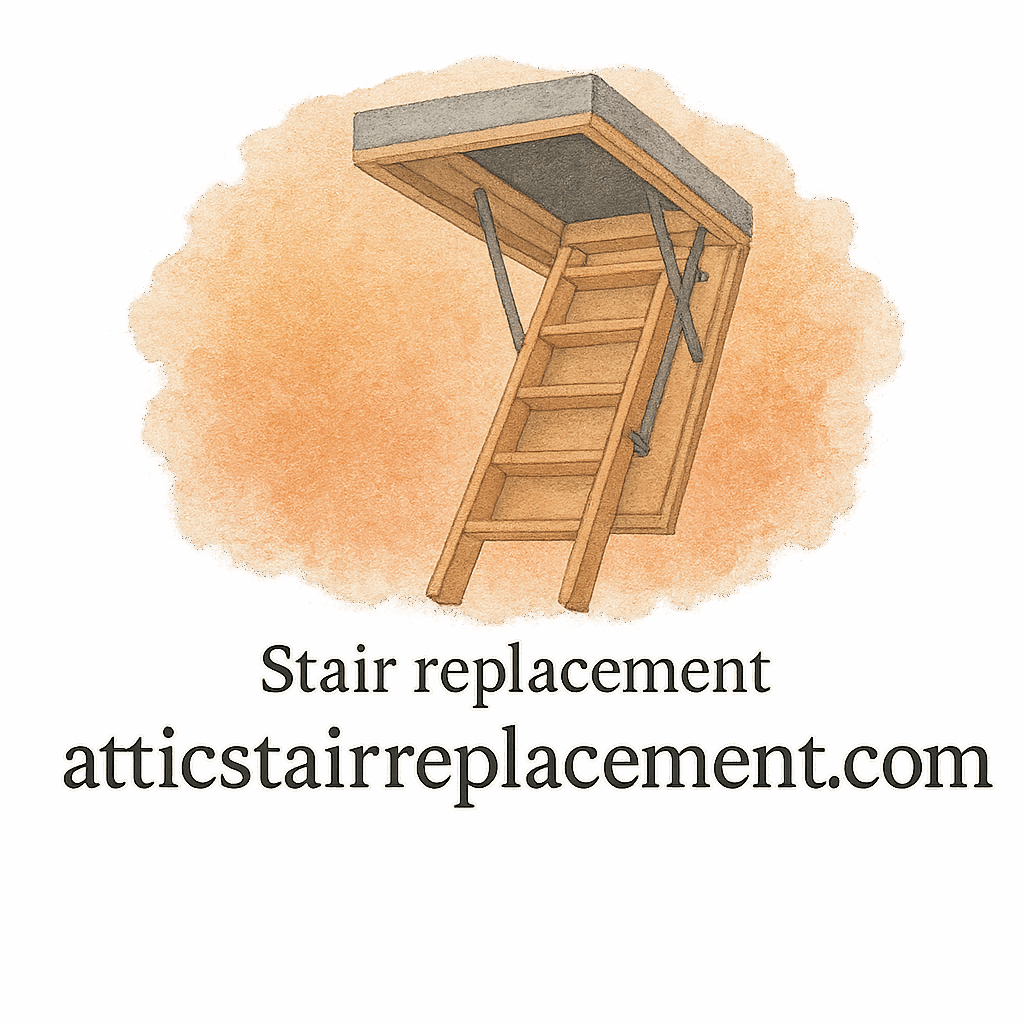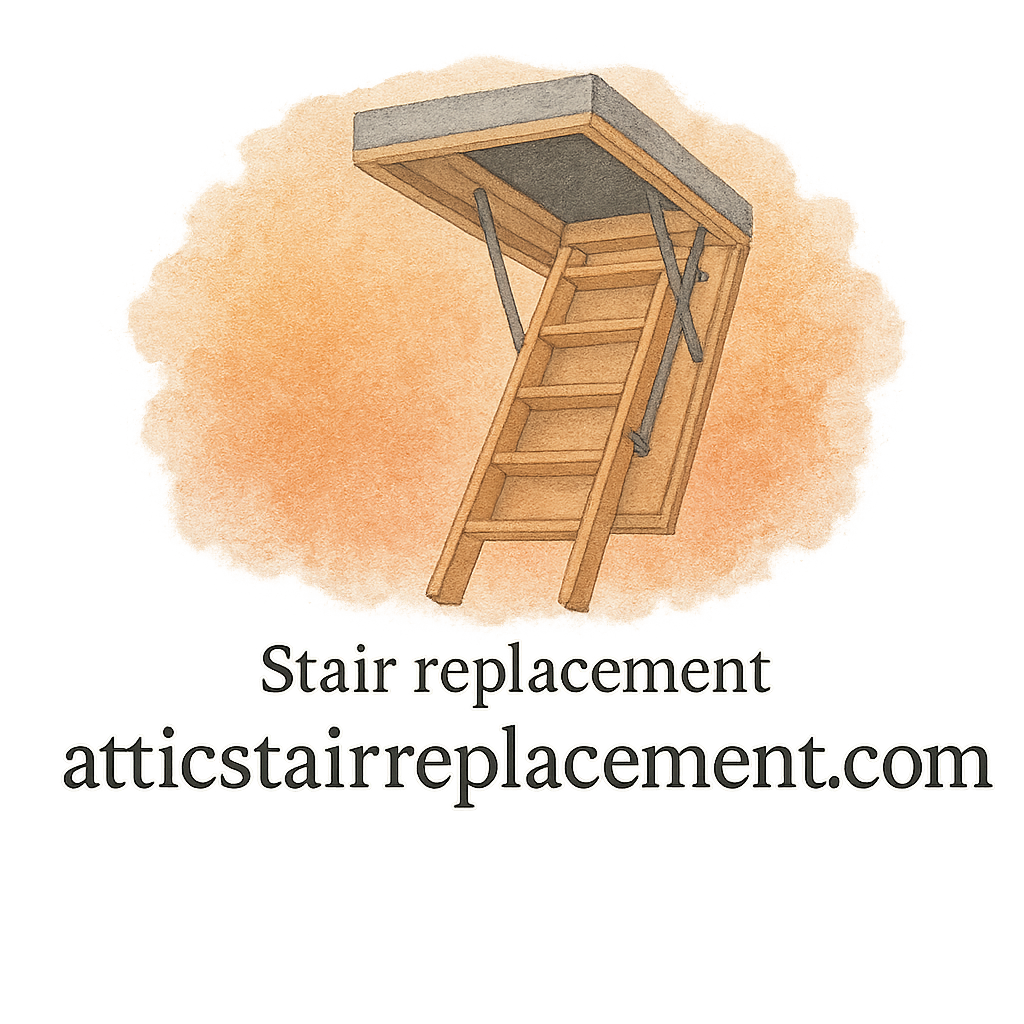Replacing your attic stairs is a big home improvement win—but it’s not the final step. You’ve got to give that attic a thorough once-over to make sure everything’s holding up. Think of it as checking under the hood after an engine swap. Whether you hired a contractor or tackled a DIY installation, these six practical inspection tips will help ensure your attic is safe, sealed, and structurally sound.
Let’s break it down.
Why Inspecting Your Attic Post-Stair Replacement Matters
Most folks don’t think twice after the stairs go in. But a quick inspection can help you spot hidden issues that could cause bigger headaches down the line. Things like air leaks, improper insulation, or structural flaws can sneak in during installation—and you’ll only notice when it’s too late. This is why experts recommend a post-project checkup for any home improvement involving structural changes.
Tip 1: Check for Structural Stability
Look for Signs of Weak Framing
When your old attic stairs came out, they may have taken some support framing with them. Take a flashlight and examine the framing around the stairwell opening. Do you see cracked wood, uneven joists, or loose nails? If so, that’s a red flag.
Test the Stair Tread Support
Next, walk up and down the stairs slowly. Do they creak? Wobble? That movement can mean weak support or bad installation. If something feels off, don’t ignore it. Bring in a contractor to verify the job quality.
Tip 2: Look for Air Leaks or Drafts
Inspect Around the Hatch or Opening
After the stair replacement, gaps around the stair frame can allow drafts or even pests into your attic. Run your hand along the edges—do you feel air movement?
Use a Candle or Incense to Spot Air Movement
Here’s a clever trick: light a candle or incense stick and move it around the stair perimeter. If the smoke shifts, there’s a leak. Seal it with weatherstripping or expanding foam to prevent energy loss and protect your attic.
Explore more on attic care on our maintenance & repair page.
Tip 3: Examine Insulation Around the New Stairs
Ensure It Was Reinstalled Properly
Sometimes insulation gets shoved aside during stair replacement and never makes it back into place. That’s bad news for your energy bill.
Check if the insulation around the stairwell is even, fluffed, and covering all gaps. If the stairs are foldable, check the backside for any missing padding.
Add Extra Insulation If Needed
If you live in a colder climate, add a layer of rigid foam board or an insulated stair cover. Learn more by checking our detailed expert advice and guide on attic insulation tips.

Tip 4: Check for Water Damage or Moisture
Look for Discoloration on Wood or Drywall
Water damage is sneaky—it might start with a tiny leak from the roof or flashing around the stair opening. Look for signs like:
- Dark spots on wood beams
- Bubbling paint or peeling drywall
- Musty smells
Monitor Humidity with a Hygrometer
You can grab a cheap hygrometer online or at a hardware store. Your attic’s relative humidity should stay below 50%. If it’s spiking higher, it’s time to investigate further or call a pro.
For more insights, visit our prevent moisture issues archive.
Tip 5: Evaluate Accessibility and Safety Features
Test the Stair Handrail and Steps
If your stairs came with a handrail, give it a good shake. Is it firm? Are the steps even and free from slipping hazards? Slippery stairs = broken ankles.
Confirm the Clearance and Lighting
Attic stairs should have at least 6’8” of headroom and good lighting. If your bulb is flickering or dim, swap it out for a bright LED. It’s an easy DIY win.
Tip 6: Assess Long-Term Maintenance Needs
Identify Any Moving or Settling
It’s normal for wood to settle a bit after installation, but excessive shifting? Not cool. Make a note to reinspect the stairs in 3–6 months, especially if you notice changes in alignment or operation.
Schedule Future Maintenance Checks
Just like your car needs oil changes, attic stairs need occasional tightening and lubrication. Add it to your seasonal home checklist. For more, see our attic care tips.
Common Mistakes to Avoid Post-Replacement
- Ignoring small creaks – They can turn into big cracks.
- Skipping insulation checks – This kills your energy efficiency.
- Avoiding follow-ups – Your attic needs ongoing love.
Avoid these mistakes and you’ll extend the life of your new stairs—and your attic’s comfort.
When to Call in the Pros
If you’ve found signs of structural damage, serious water issues, or aren’t sure about the installation, reach out to a contractor. It’s always better to be safe than sorry.
You can also browse trusted product reviews if you’re considering upgrading again or want to ensure your current setup meets heavy-duty standards.
Conclusion
Replacing your attic stairs is just the first step—literally and figuratively. A detailed inspection after installation ensures everything is working as it should and helps you spot problems early. From checking insulation to catching leaks and confirming the stairs’ stability, these six tips will help you keep your attic in peak condition.
And hey—if you ever feel overwhelmed, don’t hesitate to ask for expert advice. Your attic (and your future self) will thank you.
FAQs
1. How often should I inspect my attic after stair replacement?
You should do a thorough inspection right after installation, then again at the 3-month and 6-month marks.
2. Can poor insulation affect attic stair performance?
Absolutely. Without proper insulation, your stairs may warp due to temperature fluctuations, and your energy bills will spike.
3. What if I hear squeaks every time I use the attic stairs?
Squeaks usually mean loose fasteners or joints. You might need to tighten bolts or apply lubricant.
4. Is a draft around attic stairs normal?
Nope. Drafts signal air leaks. Use weatherstripping or foam to seal the gaps.
5. What tools do I need to inspect my attic?
You’ll need a flashlight, screwdriver, measuring tape, and optionally a hygrometer for humidity levels.
6. How can I make my attic stairs safer?
Install anti-slip pads, ensure proper lighting, and always test the handrail for firmness.
7. Where can I find more attic stair tips and advice?
Check out our collection of attic stair replacement, home project, and tips articles.


